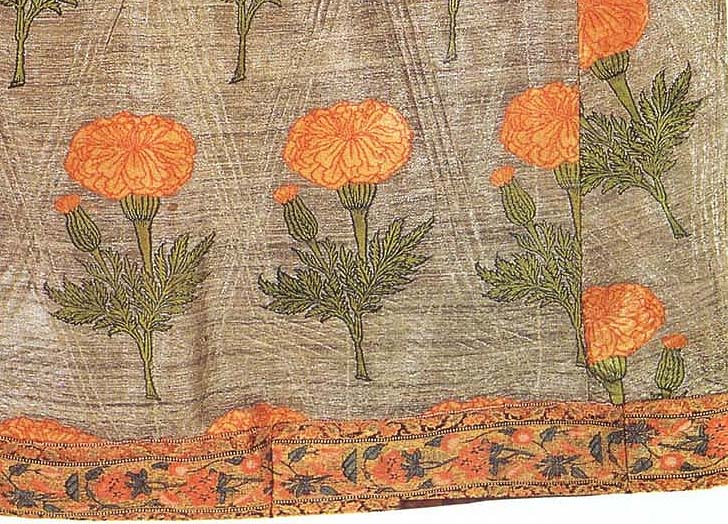Dar Urtatim Presents:
Safavid Garment Textiles
of the 16th and 17th centuries
It's often hard to find "period" looking fabrics for our SCA Persian garments. Of course, knowing what actual garment textiles looked like can help us in our search for more suitable fabrics. So i'm putting these pages here in hopes they will inspire people making 16th century Safavid Persian garments to look for more suitably patterned fabrics.
During the Safavid period (1501 to 1722/39) older styles of fabric decoration continue, including small formally arranged "arabesques" and small repeated animals.
There are a limited number of surviving fabrics from the 16th century, but quite a few from the 17th and early 18th. While there is clearly development of the various styles, there are certain continuities.
Figurative Patterns
One striking style is figrative, textiles with humans and animals. While figurative patterns on textiles have a long history in Persia, two particular styles emerge in the Safavid period. Small framed vignettes, often illustrating well-known stories, are on a number of textiles. Small scenes, almost snapshots, show people engaged in a variety of activities.
The other involves large images of humans. Earlier examples show scenes similar to those in complex manuscript illuminations, men hunting, engaged in war, fighting dragons. By the 17th century, these scenes more often show young men and sometime women standing or seated drinking wine. The vigorous style of the 16th century devolves into a series of weaker conventionalized poses.
Figurative motifs are found on brocades, lampas weaves, and brocaded cut velvets, among other textile techniques.
Floral Patterns
 Another distinctively Safavid style emerges in the late 16th century, during the reign of Shah Abbas I, who ruled from 1589-1627. It features delicate and detailed multicolored plants, sometimes accompanied by animals, such as birds, often on a ground of deep red or indigo, or on an almost sheer (yes, sheer) metallic silver ground, especially in the 17th c. While examples from the 16th c. are not common, after that, as Arthur Upham Pope says, "the abundance is almost embarrassing".
Another distinctively Safavid style emerges in the late 16th century, during the reign of Shah Abbas I, who ruled from 1589-1627. It features delicate and detailed multicolored plants, sometimes accompanied by animals, such as birds, often on a ground of deep red or indigo, or on an almost sheer (yes, sheer) metallic silver ground, especially in the 17th c. While examples from the 16th c. are not common, after that, as Arthur Upham Pope says, "the abundance is almost embarrassing".
I apologize for the quality of some of these pictures. The black-and-white photos are from the very old, but very informative and expansive multi-volume "A Survey of Persian Art" by Arthur Upham Pope, the final volume of which came out in 1939, just before the outbreak of World War II. It was later expanded by his wife, Phyllis Ackerman, after his death in 1969.
One thing to bear in mind when looking at these old fabrics is that what may look pastel in a photo today was not that light originally. I have seen some of these fabrics in the collection of the Textile Museum, Washington DC, intimately, and while the front may be quite pale, the back side, which has not been exposed to light as much, shows much richer colors, of medium tones, for example, turquoise and salmon rather than pale blue and pink.
And remember, while we may be captivated by the more delicately colored "pastel" fabrics, textiles with similar motifs were also commonly, probably more commonly, woven on red and dark blue grounds. Perhaps most often single flowers or groups of flowers are diapered across the ground. But the flowers are frequently accompanied by animals, most often birds. I've included some 17th century fabrics in this style because there is a limited number of those from the 16th century - bearing in mind that this style didn't begin until around 1589.
|